 It is perhaps difficult for our mind to comprehend the innocence of Christ our Lord and thus to understand the enormity of His being unjustly accused, scourged, mocked, crowned with thorns and then heinously gibbeted to appease the anger of His own people (i.e. us) and to atone for our sins.
It is perhaps difficult for our mind to comprehend the innocence of Christ our Lord and thus to understand the enormity of His being unjustly accused, scourged, mocked, crowned with thorns and then heinously gibbeted to appease the anger of His own people (i.e. us) and to atone for our sins.Perhaps we can best begin to do so by comparing His innocence with that of a little child. Few things evoke such a keen sense of innocent life than that of a child praying, like the little boy in this picture. But the innocence of Christ was far greater even than this pinnacle of human innocence.
Imagine the horror of an innocent child being seriously harmed in any way. We recoil from such an image and feel immediately a powerful desire to protect all children from harm.
 This famous picture of a Jewish child being herded off to a camp by evil Nazis perhaps symbolises the horror we feel at the wicked persecution of an innocent child.
This famous picture of a Jewish child being herded off to a camp by evil Nazis perhaps symbolises the horror we feel at the wicked persecution of an innocent child.How much more, then, should we recoil from causing any harm to Innocence Himself, the Lord Christ, our very God and Creator.
Yet, as the Lenten hymn reminds us, this Holy Innocence was led captive by men and, meekly suffering, He did not refuse to be led though He had been falsely condemned because of impious men.
And who were those impious men?
They were ourselves every time we sin.
Yet another image of the innocent Christ has always been that of the tiny lamb. It is particularly apposite at this time of the year when, as Spring unfolds and the lambing season moves into full swing, we see the tiny lambs emerging and beginning to take their first faltering steps. Soon they will be frolicking and gambolling in the sunlight, kicking their heel and then running back to their mothers, mewling and bleating.
This is another moving picture of innocence undisturbed by sin and violence, hatred and calumny, greed and vice.
For this reason was our Lord Christ called Agnus Dei, the "Lamb of God" for the tiny new-born lamb is a powerful image of innocence and is meant to give us an inkling of the gentle innocence of God Himself.
Wicked men took the innocent lamb and did not merely handle Him roughly but, seeing His innocence and truth, hated Him and used him most cruelly, falsely and mockingly, savagely and brutally scourging and crucifying Innocence itself, immolating the Lamb of God, the child of Mary, the praying boy horribly abused by evil men.
This is perhaps how we should begin to see the Passion and Death of our Lord and Saviour.
Though He was innocence itself, He allowed Himself to be falsely accused and barbarously ill-used so as to atone for the very wickedness that was crucifying Him.
It is as if an innocent child were to give itself up to pain and suffering in order to save an adult criminal, indeed the same criminal who had abused the very same child. It is as if a child were to volunteer to take on the punishment that were due to his own persecutors once they had been caught.
It is as if a beautiful and rare butterfly were wantonly crushed to pieces.
The meekness of Christ is itself overpoweringly heart-rending to contemplate. As Scripture says:
"And the place of the scripture which he was reading was this: He was led as a sheep to the slaughter; and like a lamb without voice before his shearer, so openeth he not his mouth."
[Acts 8:32]
and this was the passage that the Eunuch was reading:
6 All we like sheep have gone astray, every one hath turned aside into his own way: and the Lord hath laid on him the iniquity of us all. 7 He was offered because it was his own will, and he opened not his mouth: he shall be led as a sheep to the slaughter, and shall be dumb as a lamb before his shearer, and he shall not open his mouth.
[Isaias 53:6-7]
He shall be led as a sheep to the slaughter...and so it was, just as the Prophet Isaias had prophesied.
We can get a further idea of the innocent meekness of Christ our Lord by seeing the same in his Foster Father, the great St Joseph, Royal Prince of Juda and successor of King David but one who had fallen upon hard times and had to eke a living as a handyman and joiner.
Blessed Anna Catherine Emmerich describes St Joseph well in her Life of Christ. She relates in her visions of the beautiful meekness of St Joseph as a boy and young man when he was constantly bullied and attacked by his other relatives but bore the same with mute meekness, patience and humility. As he quietly got on with his work, says Blessed Catherine, sometimes other boys would strike Joseph for no reason, perhaps out of spite or envy, but Joseph remained silent and mute, just as His Lord would do on the way to the Cross.
These boys paid little heed to the fact that they were striking the descendent of King David and Joseph did not stand on his dignity being now poor and humble though his ancestry was sufficient to make him the true King of Juda.
Yet greater still was the meekness, humility, patience and long-suffering of Christ our Lord, not only the King of the Jews but the very King of Kings and Lord of Lords.
He was led as a sheep to the slaughter; and like a lamb without voice before his shearer, so openeth he not his mouth...

"We adore Thee, O Christ, and we bless Thee, because by Thy Holy Cross Thou has redeemed the world!"
...









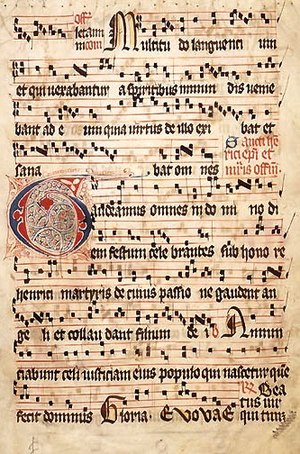

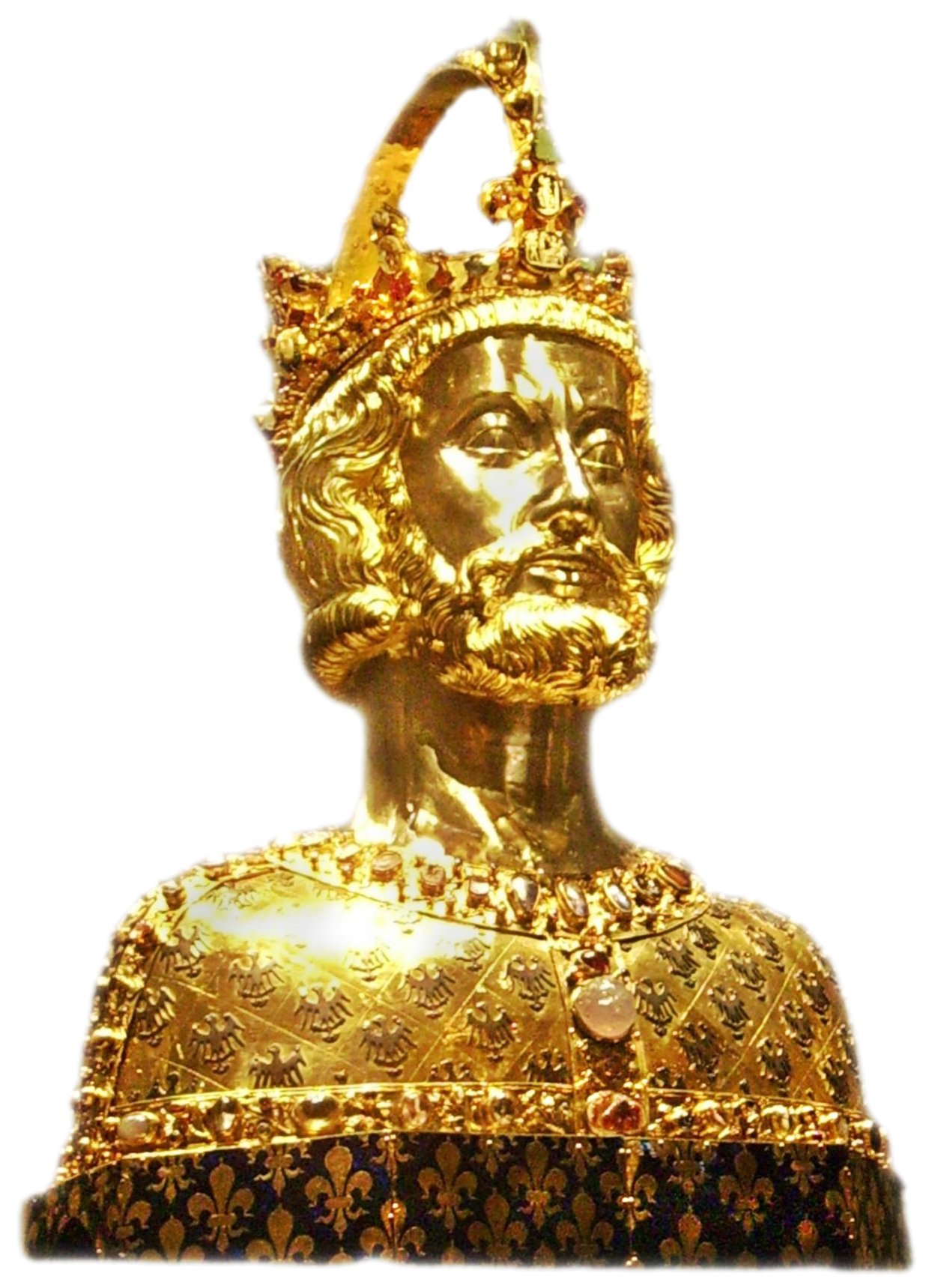



.jpg)


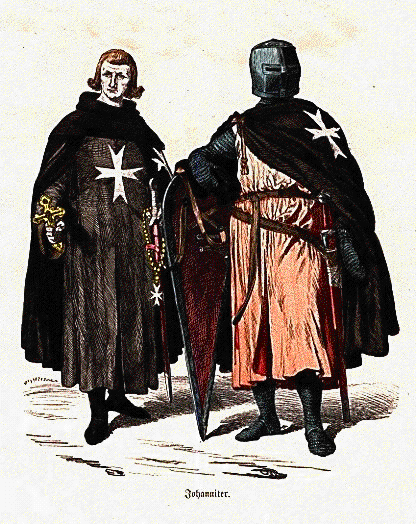

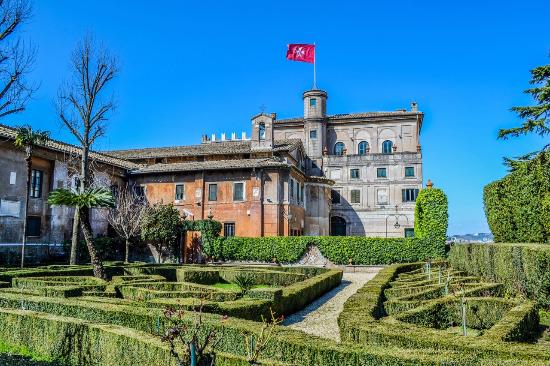


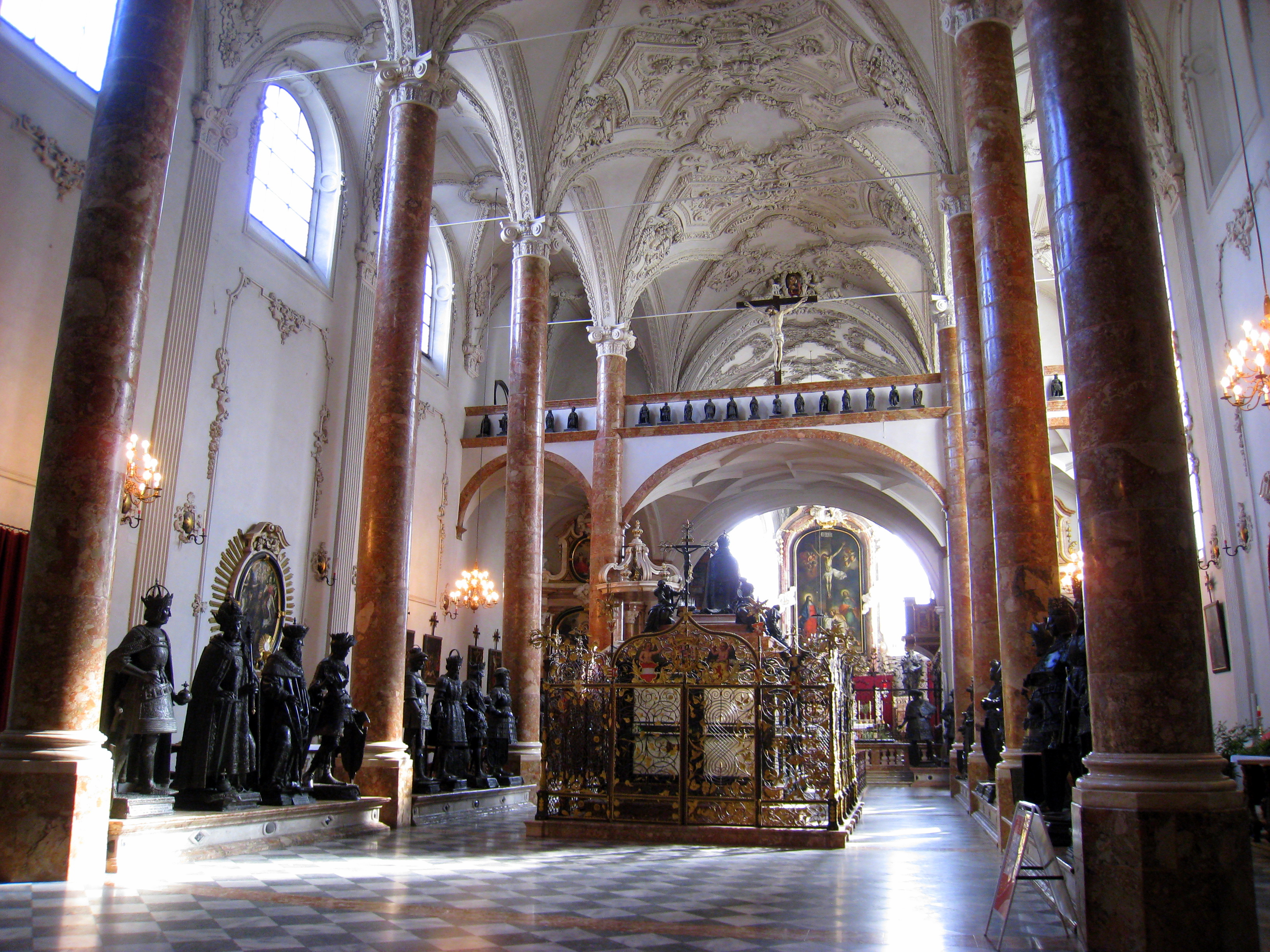


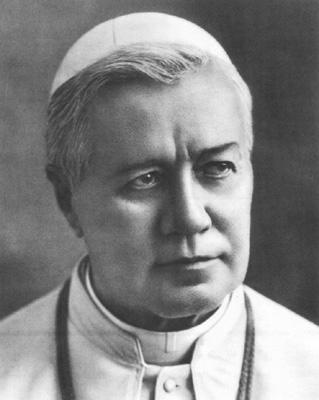






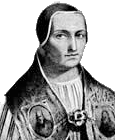





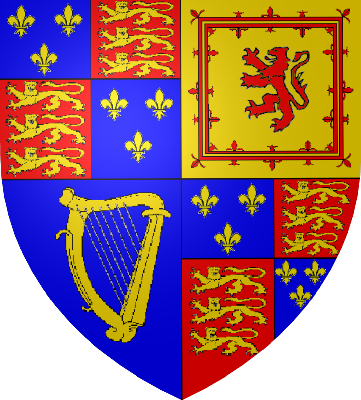
_-002.jpg/220px-Circle_of_Anton_Raphael_Mengs,_Henry_Benedict_Maria_Clement_Stuart,_Cardinal_York_(ca_1750)_-002.jpg)



2 comments:
What a wonderful post. Thank you.
Thank you for this, which comes nicely in time for Thursday.
Post a Comment